It's only 60 miles, so why isn't there a ferry from Morocco to the Canary Islands?
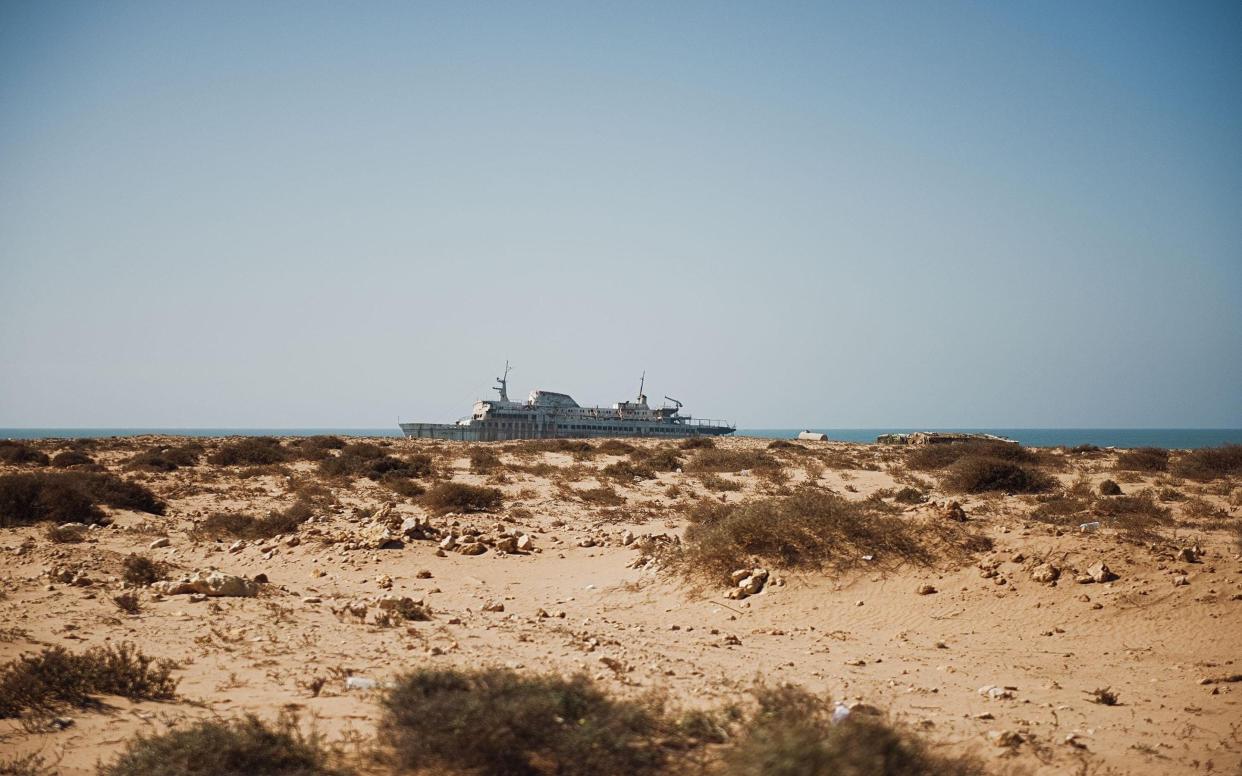
A new ferry route that connects continents? It sounds a grand idea, all broad horizons and open water, even before you get to the caveat that it would only be a continental connection in geo-political terms – linking Africa to a set of islands caught in its shadow.
Even then, it seems a vision wholly at odds with the unhappy path 2020 has followed, where the trend has been for travel restrictions, closed borders and cancelled flights. But if murmurs emanating from North Africa prove to be accurate, we could soon see boats ploughing a furrow across what is currently one of the world's least-served stretches of ocean – the narrow patch of the Atlantic which divides Morocco from the Canary Islands.
This, at least, is what the government in Rabat quietly mooted last week, talking up the possibility of a direct link from the small coastal town of Tarfaya to Fuerteventura – which, it hopes, "will contribute to the economic and social development of the Southern Provinces of the Kingdom, and further facilitate the flow of goods and passengers."
As suggestions for new transport corridors go, this is an interesting one – and, if such things were decided on raw geography alone, largely viable. Less than 60 miles of sea separate Morocco's south-west coast from what is the second biggest of Spain's warm-weather satellites – a distance that, while more than twice as wide as the thinnest part of the English Channel, should be scant barrier to regular ferry sailings. A ship forging across this gap with intent should be able to make port in two hours. A no-brainer, surely?
Well, perhaps. While this is certainly an ear-grabbing suggestion, it is not a new one. We have been here before. A route between Tarfaya and Fuerteventura’s capital Puerto del Rosario came into existence as recently as 2008. But it did not last for long. Not even five months, to be precise. Services were suspended after the vessel charged with the task, the Assalama, sprang a leak as it approached its Moroccan destination on April 30 of that year. The situation was sufficiently perilous that the boat had to be beached before it could make it to harbour – and 113 crew members and passengers had to be rescued. Twelve years later, it is still there, in the very spot where it ran aground, wrecked in the shallows; a ghostly reminder of what could have been a more serious incident. The ferry connection has not been restored – and, until last week, there was no talk that it might be.
There are plausible reasons as to why, despite last week's announcement, it might not come back in 2021 either. One is that the crossing is reasonably bumpy. The Assalama was not some unregulated tug-boat – it was operated by Spanish ferry company Naviera Armas – but the rough swells of the eastern Atlantic were too much for her. High waves and strong winds are a regular feature of the ocean here – a case of the Atlantic asserting its character. Calm heads are required on the bridge; strong stomachs down on the deck.
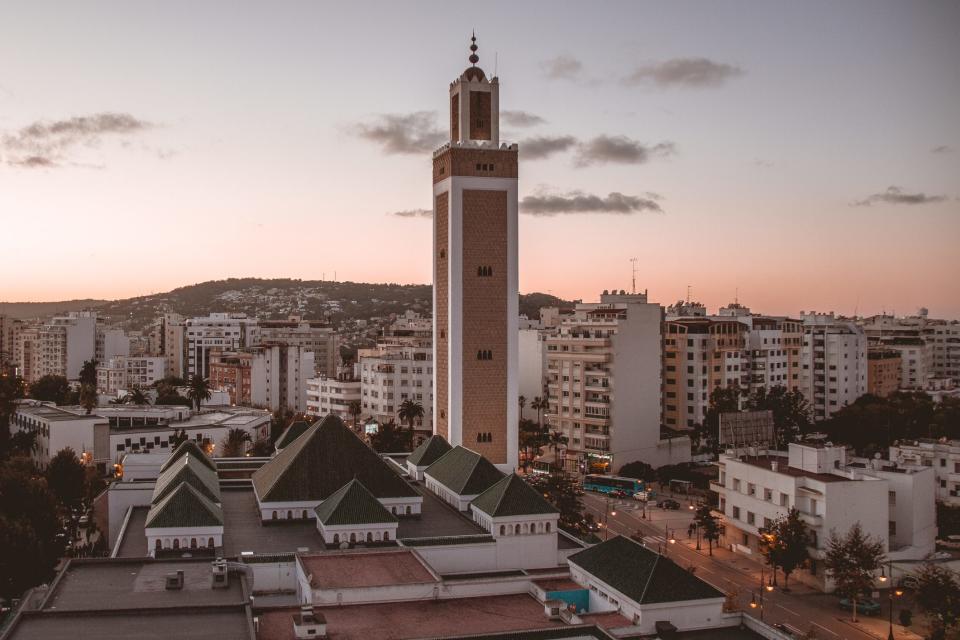
The second is a simple matter of economics. It is not that ferry services between North Africa and southern Europe do not exist – you can, of course, sail from Algeria (Algiers) to both France (Marseille) and Spain (Alicante); from Morocco (Tangier) to Spain (Barcelona, Algeciras and Tarifa), France (Sète) and Italy (Genoa); from Tunisia (Tunis) to Italy (Genoa, Salerno and Palermo). But these are well-established maritime links across busy waters – routes that have been followed by diverse Mediterranean civilisations for thousands of years. While it is not that boats have never made their way from western Morocco to the Canary Islands (prior to Spain's conquering of the archipelago during the 15th century, the isles were ruled by the Guanches – close cousins of the Berber peoples on the African mainland), this has rarely been a key shipping lane.
The crucial question is whether it ever could be. The Moroccan government clearly believes that there is scope for expansion here. While it has not outlined the plan beyond requesting first communication from ferry companies who might be interested in running the service, and has not provided a date for when it might launch, it been investing in Tarfaya recently – developing its harbour so that it is equipped to welcome larger vessels.
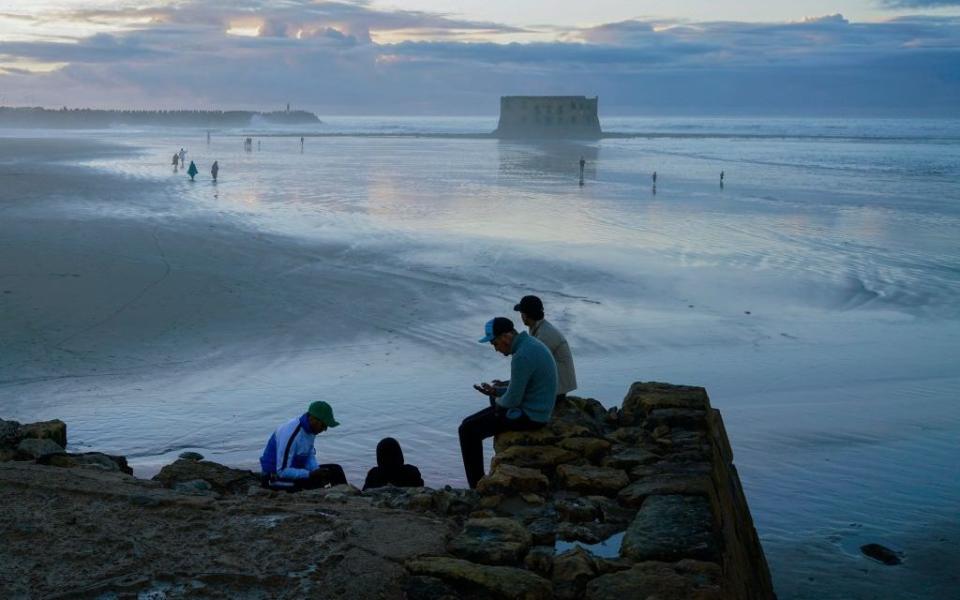
Whether there is enough traffic to sustain the route is another matter. The quickest of glances at the map will show that Tarfaya is no crossroads. It lies squished into the very south-western corner of Morocco. So far into the corner, in fact, that it does not sit close to very much at all. It is 480 miles by road from Marrakech, 660 miles from Rabat, 800 miles from Fes, 820 miles from Tangier. Although the nearest airport on Moroccan soil is 130 miles away (in Tantan), the town's main tie to the rest of the country is National Route 1 (N1), the highway that hugs the Atlantic all the way down from Tangier. Tarfaya is, in effect, the classic “middle of nowhere” outpost. Almost the only thing it is close to – apart from the Canary Islands, just over the horizon – is the "border" with Western Sahara, which is drawn across the atlas, in a straight west-east line, 25 miles to the south.
Why is this relevant? Well first, a little context...
For the best part of the last half-century, Morocco has been trying to exert what it sees as its authority over a territory that stretches out on – but also far below – its doorstep. Western Sahara is one of the planet's least densely populated places, with a head-count of little more than half a million inhabitants scattered across its 103,000 square miles of (largely) dust and desert. But Morocco covets it, and has done so, without disguise, since 1975, when Spain gave up the Province of the Sahara (better known as the "Spanish Sahara") – which it had controlled since 1884. This created a power vacuum. Morocco was not slow in filling it – firstly via the "Green March" of November 1975, which saw 350,000 of its citizens traipsing into the region, in a bid to establish a physical presence.
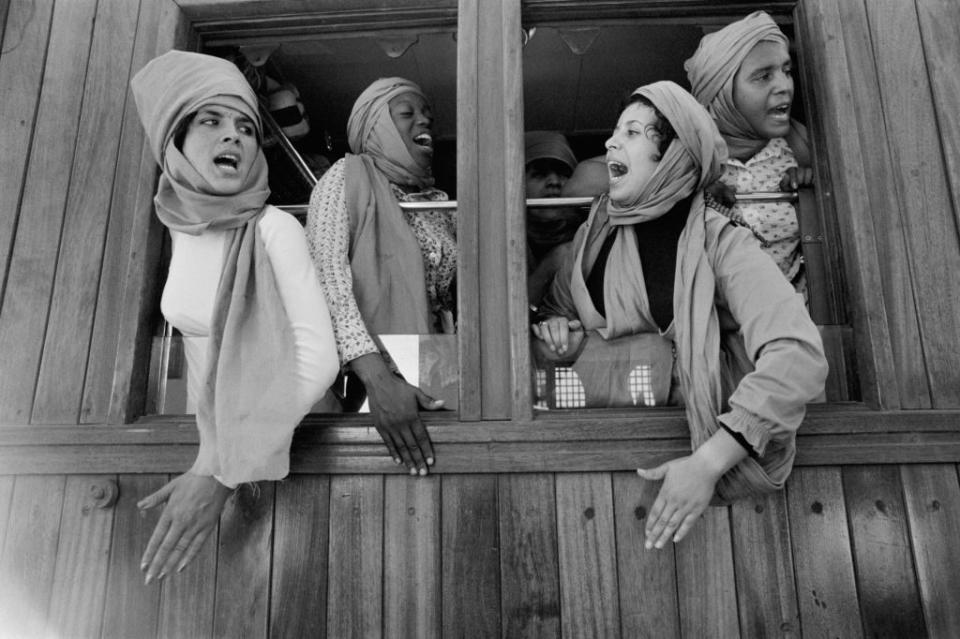
Unfortunately for Rabat, it was not unopposed in its ambitions. The war which erupted that winter drew in both Mauritania and the "Polisario Front" – a guerrilla force fighting for the area's Sahrawi people. Mauritania would withdraw from the conflict in 1979, but the struggle with this dogged indigenous opponent would drag on all the way to a UN-brokered ceasefire in 1991. The situation has remained largely frozen ever since, with Morocco controlling the day-to-day existence of 80 per cent of Western Sahara, and the Polisario Front's effective successor, the Sahrawi Arab Democratic Republic (SADR), the other 20. However, the prospect of a full settlement to the Western Sahara question still seems remote – only last month, there were clashes between Moroccan and SADR troops
It is into this strained context that the small matter of a ferry to the Canary Islands should be placed. The "Southern Provinces of the Kingdom" – the exact wording used in the brief statement about the potential launch of the boat service – is the Moroccan government's preferred term to describe Western Sahara. It is difficult to say whether Rabat really does want a regular sea connection with Fuerteventura, but what it definitely does desire is anything that will appear to boost the legitimacy of its claim to the territory.
This is something that it has struggled to achieve since 1975. True a number of countries have backed Morocco's planting of its flag in Western Sahara – only last Thursday, Donald Trump declared that the USA would recognise full Moroccan sovereignty over the disputed region in return for Rabat establishing relations with Israel (an offer that may or may not survive the transition to the Biden presidency on January 20). But other nations have expressed support for the SADR, including African Union members Kenya, South Africa and long-term sponsor Algeria. The European Union has been steady in its position, stating in 2016 that "Western Sahara is not part of Moroccan territory". The United Nations, weighing its words carefully, regards Western Sahara as a "non self-governing territory" – but its former Secretary-General Ban Ki-moon sparked fury in Rabat in 2016 when he called Morocco's giant foothold in the region "an occupation". In other words, the situation is a big tangled mess, with myriad international viewpoints, but no clear solution. The stand-off is unlikely to be resolved soon – or without recrimination.
A new ferry route is obviously of little consequence against this backdrop. But you do not have to join too many dots to detect the thought process behind it. Another glance at the map will show you that there is very little to Tarfaya. It is maybe 20 blocks by 20 blocks, pinned to the Atlantic elbow of Cape Juby, and laid out between the docks on one side and the blank enormity of the Sahara Desert on the other. Only 8,000 doughty souls call it home. Its importance to Morocco is largely emblematic – it was from here that the Green March set off in 1975. But a transformation programme that would turn the town into what the Moroccan government would consider a proper gateway to the "Southern Provinces" would make its significance more than symbolic. How to do this? A busy port would be a start. A regular ferry to the southernmost segment of the EU would be another.
But to come back to the first, simple point about a boat connection between continents (this being a travel section), would this ferry service be of any interest to holidaymakers?
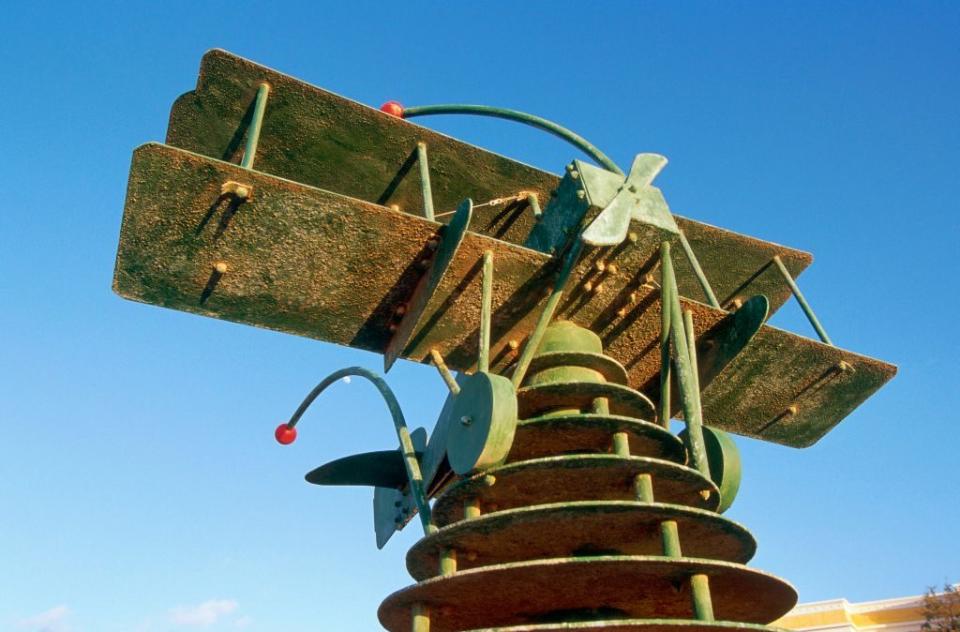
Well, maybe. The Canaries are largely viewed – at least by the British market – as a destination for fly-and-flop escapes. And even though you can easily take a ferry from Gran Canaria to Tenerife, or Lanzarote to Fuerteventura, island-hopping is relatively rare among tourists. Would the opportunity to sail even further afield, to the shoulder of Africa, entice many or any more willing customers? Probably not. But some would make the crossing. And there would be reason to. The ferry would be a short-cut into the vastness of the Sahara. It would also make a day-trip option of Khenifiss National Park, the protected area of dunes and wetlands, 40 miles east of the town, that has had a slot on the Unesco World Heritage Tentative List since 1998 thanks to its sheltered lagoon and migrating birdlife. Back in town, you might even call at the Antoine de Saint Exupéry Museum – the institution dedicated to the titular French aviator and author of novella The Little Prince, who was stationed in Tarfaya for two years (1927-1928), as an airmail pilot.
When might this happen? This year? Next year? This decade? Never? Any of these. Continents collide only rarely. But the possibility, whatever the motivation, is intriguing.

